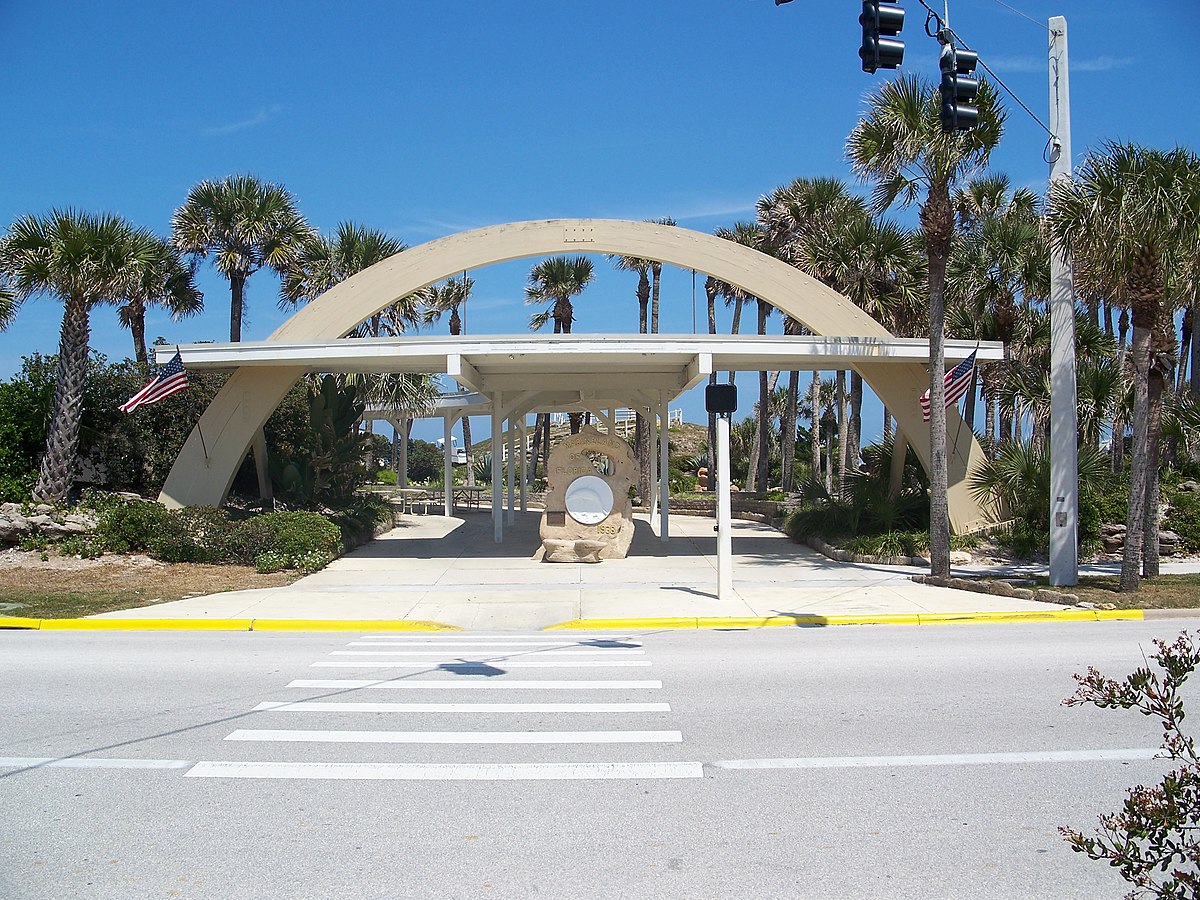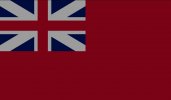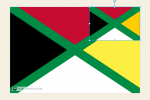I want to discus education for a moment. You've already touched on the establishment of at least 1 university and I'd expect there to be several more by 1914. What I want to talk about are schools and the segregation that will apply.
First there will be two types of school. The National Schools funded by the Floridian Government, and the Fee Paying Schools modelled on the British Public Schools (open to any member of the public that can afford the fees)
The Fee Paying Schools will be the preserve of the wealthy and about 80% White with the rest made up of the most prosperous Mixed Race and the children of co-opted Native tribal chiefs being made "almost one of us".
National Schools while officially non segregated will reflect the communities they serve. There will be mostly White Schools in relatively prosperous areas, Mostly mixed race in middle class areas and a melting pot schools in comfortable working class areas and mostly black and recent immigrant schools in the poorest areas. The facilities these schools have and things like class sizes will be determined by what the community can raise in the local rates on top of whatever basic funding the Floridian government provides. There will also be a marked difference in the ages at which children leave these schools with children in the poorest (and blackest) areas leaving as soon as legally allowed to help support their families, and probably attending part time from the age of 10 until they can leave unless they win a scholarship.
Cheers! Yes I was hoping to discuss education in my next post.
I suspect Florida will have a strong education system, perhaps even a surprisingly strong reputation internationally. One reason is because, with a university in place, it will likely take the place that Canadian universities served OTL as a spot for the best and brightest West Indians and Bermudians (not just during university, mind you, but all ages of private schools). Another reason is that, as we've seen, there are several notable Floridians who may have made substantial contributions in its early days (including Zephaniah Kingsley, Sr. as well as Moses Levy. But also the USA and Canada had relatively robust education systems for the times, and because of the emphasis placed on education as a necessity for advancement within the communities of colour.
There would almost certainly be more universities; by 1900 IOTL Nova Scotia alone had like 5.
As in Canada, the King's College at St. Augustine likely transitions from being a CoE institution to a nondenominational institution relatively early; another CoE university is a possibility. There are almost certain to be Catholic, Methodist, and Baptist universities. There may be, as at the University of Ottawa, a Catholic and bilingual institution in Pensacola.
Although while we're here I'm thinking that the term "College" will come to be used more in the American way rather than the Canadian way, with a College being a 4-year degree granting institution; universities will, in addition, offer graduate programs and often confederate multiple colleges.
So because of the population, I think we would see many
Colleges in the American, not Canadian sense of the word (in Canada a college is a community college, although confederal universities are also divided into colleges, which do not have degree granting authority).
As these early universities in Canada were primarily needed, at least at first, to ordain ministers in the various religions, there will almost certainly be Florida's own Historically Black Colleges and Universities, at the very least one affiliated with the African Methodist Episcopal Church.
I like your description of the various regional distinctions; I have yet to give too much thought to the lower levels of education but this will be quite helpful.
Like the Ontario model we can expect "Grammar Schools" established in each district of Florida from a fairly early date to act as 'high schools' for the colonial elite.
After WWII we can expect a more robust public tertiary system to be established. Influences may include the Beveridge report and the California Master Plan for Education.

 en.wikipedia.org
en.wikipedia.org



